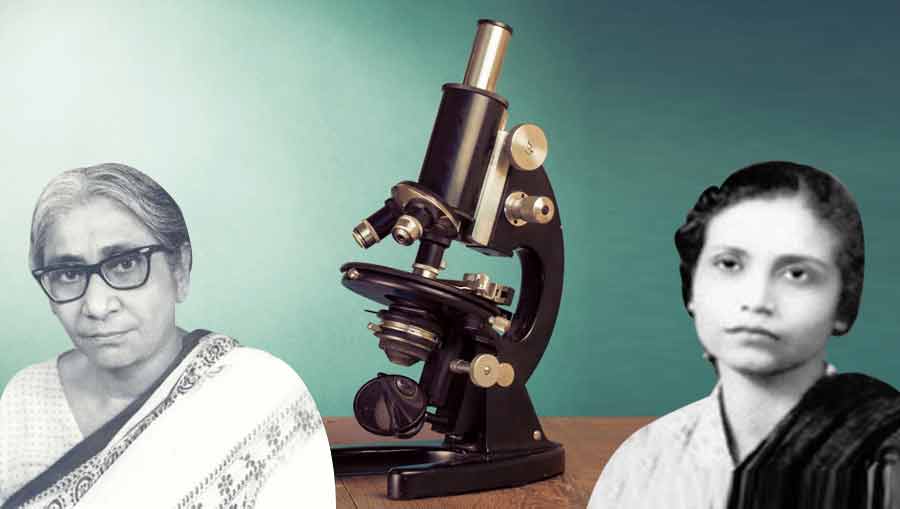While talking about the array of renowned scientists that India has produced, one often overlooks the contribution of female scientists who did pioneering work in their respective fields. The Gutsy Girls of Science by Ilina Singh, chronicles the life and journey of 11 such remarkable women.
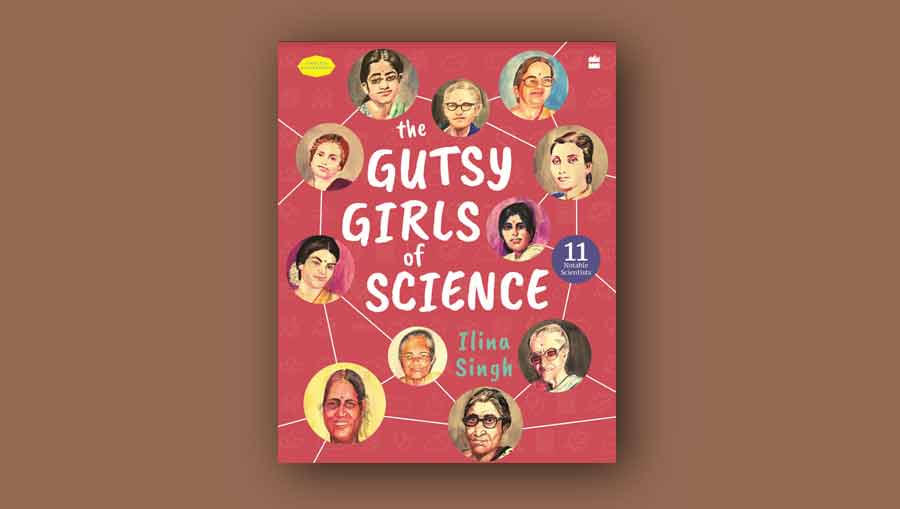
In the following excerpt, readers are introduced to two such inspirational figures: a chemist who was India’s first woman to have achieved a doctorate in science, and a physicist who conducted pathbreaking study in particle physics and worked alongside the likes of Dr. Homi J. Bhabha and Dr. Vikram Sarabhai.
----------------------------------------------------------------------------------------
Chemist: Asima Chatterjee (1917-2006)
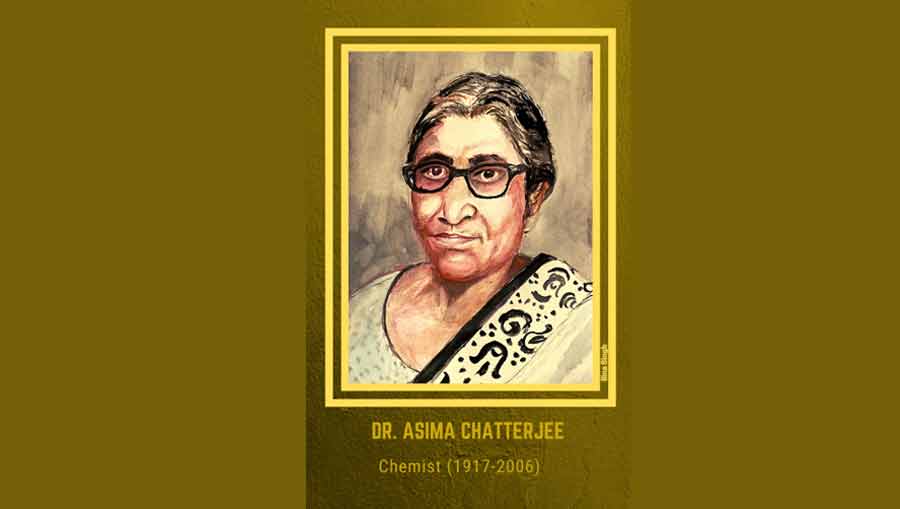
On September 23, 1917, Dr. Indra Narayan Mukherjee and his wife Kamala Devi welcomed their first-born child—a baby girl—into their home in Calcutta, West Bengal. The girl was named Asima.
Theirs was a middle-class family which placed high value on education. Asima was encouraged to study well, even though it was rare in those days for women to get proper academic exposure. Her father loved botany and Asima too developed an interest in the subject. As we will see later, plants did play a very important role in her life’s work. Her choice of subject for higher studies was chemistry.
She graduated with honours from Scottish Church College in 1936 and got her Master’s degree in 1938. She became the founding head of the Department of Chemistry at Lady Brabourne College.
She went on to complete her doctoral degree in 1944 in organic chemistry. This made her the first Indian woman with a doctorate in science.
Later, she went on to get research experience from the University of Wisconsin, Madison and Caltech. In the year 1945, Asima got married to another chemist – Dr. Baradananda Chatterjee. Her daughter Julie was born soon after. Her husband went on to become the Professor and Head of the Department of Chemistry, Geology and Metallurgy at the Bengal Engineering College, Howrah.
Dr. Asima now juggled domestic and work responsibilities with aplomb as she made great strides in her research. Her husband was supportive of her professional life and sometimes even helped her research students when he visited her at work.
Her students recall the lack of resources and facilities that often came up as obstacles in her work. Indian science was not too well funded, and she sometimes had to pay from her personal budget to get samples tested abroad. She often did not have money to pay the salaries of her students. They had to use old instruments to derive tiny amounts of active compounds from plants. Still, she diligently ploughed through the tough circumstances and made great progress in medicinal chemistry. She wrote around 400 papers in national and international journals. Her work has been cited widely and is part of textbooks.
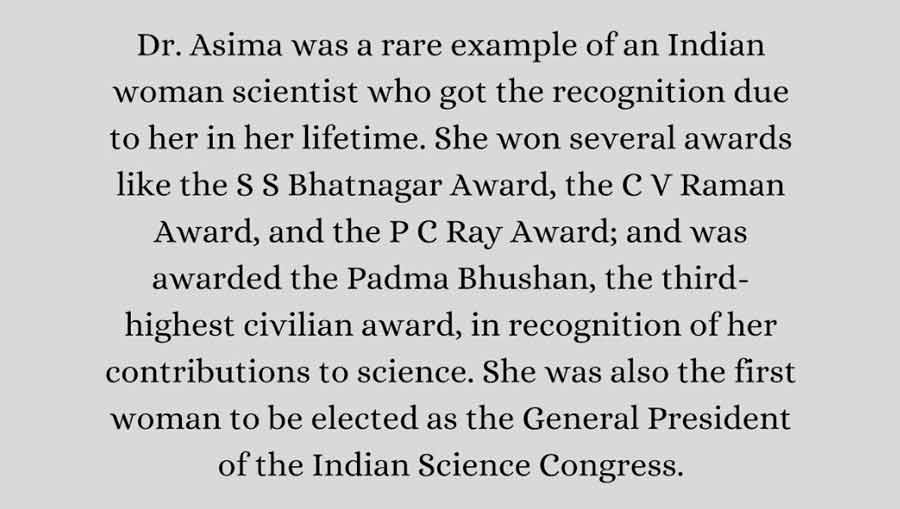
In her 40-year career, she developed several drugs that were used to treat epilepsy and malaria and others that were used in chemotherapy. The anti-epilepsy drug Ayush-56, discovered by her, is still used. She also wrote many books in English and Bengali.
She presented a great example of the much- desired work-life balance. She enjoyed cooking, spending time with her family and the simple joys of family life. She worked till the end of her life. She passed away peacefully at the age of 90. Her daughter followed in her footsteps and became a chemist too.
Physicist: Bibha Chowdhuri (1913-1991)
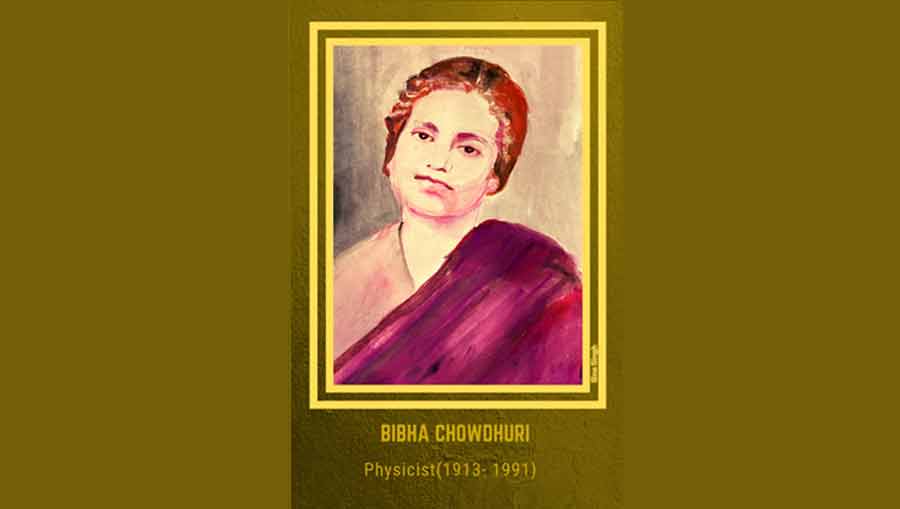
When a baby girl was born in 1913 in Kolkata in the home of a well-educated zamindar (landowner) family, her parents decided to name her Bibha.
Bibha in Sanskrit means ‘brightness’, and the little girl lived up to her name, encouraged by the supportive environment at home.
The family was related to the famous Indian scientist Sir Jagdish Chandra Bose and held views that were ahead of their time. One such view was that both men and women should be educated. It may seem unthinkable now but most Indian girls at the time were not sent to school and female literacy was very low in British India. Bibha’s mother, Urmila Devi made sure that her four daughters and son received a good education.
Bibha went to one of the oldest colleges in India (and Asia) – the Bethune College in Kolkata. She went on to complete her B.Sc degree with honours in physics and was the only woman in her batch to complete her M.Sc. in physics from the University of Calcutta in 1936. She was 23 years old at that time. She led a simple life and was immersed in her books and research work. She requested Dr. Debendra Mohan Bose, a relative of her mother’s, for permission to join his research group on subatomic particles. Dr. Debendra Bose was the nephew of Sir JC Bose and would go on to become the Director of the Bose Institute of Kolkata. Although Bibha was a relative, Dr. Bose was not sure whether the projects he worked on could be done by a woman. He finally relented and Bibha went on to publish three papers in collaboration with Dr. Bose in the esteemed international journal ‘Nature’.
Bibha’s work on particle physics was pathbreaking. She developed a new method of studying high energy particles using photographic plates. For the experiment, she took the half–tone plates to a mountainous region in West Bengal and exposed them to cosmic rays. Unlike now, no particle accelerators existed in her time, so the only way to access these particles to study them was through cosmic rays. She examined these plates under the microscope to check for tell-tale unique marks left by particles. She then compared them to a control set of plates that had been exposed to known particles with predictable marks. She was able to find two new particles – the pi-masons or pions and the mu-mesons or muons. There had been speculation that these two particles existed but no definitive proof existed till Bibha and Dr. Bose published their findings. Bibha also calculated the mass of these particles relative to the mass of an electron. Soon after, World War II started, and it became hard to get the plates and other equipment needed to continue these experiments.
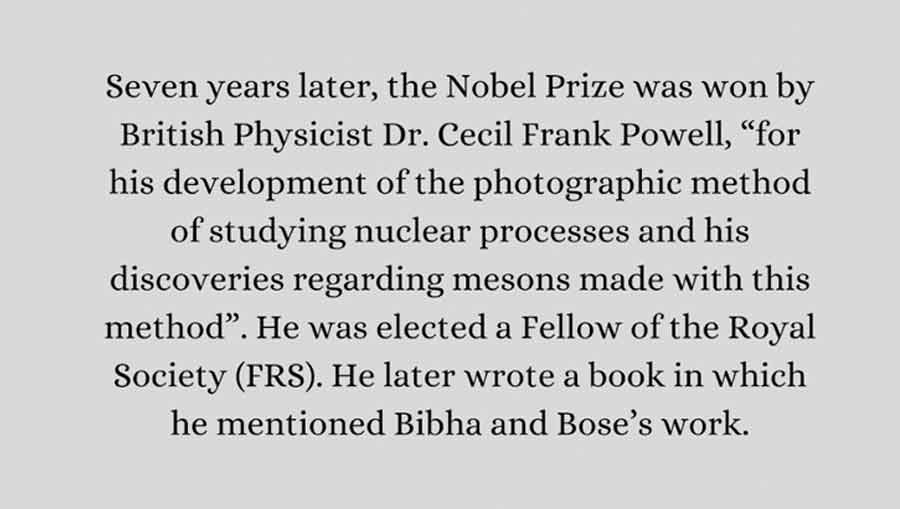
Bibha moved to England in 1945 to work on her doctorate with Sir Patrick Blackett as her advisor. The subject of her research here was air showers. When high energy particles from space enter the atmosphere, they bump into the nucleus of matter in our atmosphere. This causes subatomic particles to be released in a shower. Bibha used a device invented by Sir Patrick for her experiments. She submitted her thesis in 1949 and earned her doctorate in 1952. Sir Patrick went on to win a Nobel Prize for his work on cosmic rays and the invention of the device used by Bibha – the cloud chamber. Did Bibha’s research contribute to his observations and discoveries? Not enough is known to answer that question.
Dr. Bibha returned to India in 1949 and became the first woman scientist to work at the prestigious Tata Institute of Fundamental Research. Dr Homi J. Bhabha recruited her since he was working on cosmic rays too. After TIFR, she worked at the Bengal Engineering College in Kolkata. Next, she worked at the Research Laboratory (PRL) in Ahmedabad when it was headed by Dr. Vikram Sarabhai. She was involved in the Kolar Gold Field (KGF) experiments. Her last research paper was published in 1990, a year before her death at the age of 78. She had chosen not to marry.
Although, Bibha’s colleagues went on to win many honours, prizes and accolades, she went largely unrecognised in her lifetime. She had said in an interview, “It is a tragedy that we have so few women physicists today.”
It is only now that her story is getting told, thanks largely due to the research by Rajinder Singh and Suprakash C. Roy who undertook the task of rediscovering her. Things are better for women scientists today.
The Gutsy Girls of Science by Ilina Singh has been published by HarperCollins India. Read more about the book here.


